Navigating the complexities of international shipping can be daunting, especially when it comes to door-to-door shipping from China to Canada. This service offers a seamless logistics solution, transporting goods directly from the seller’s location to the buyer’s doorstep while handling all necessary processes, including customs clearance and last-mile delivery. With various shipping methods available, such as air freight and sea freight, businesses and individuals can choose the option that best suits their needs in terms of speed and cost.
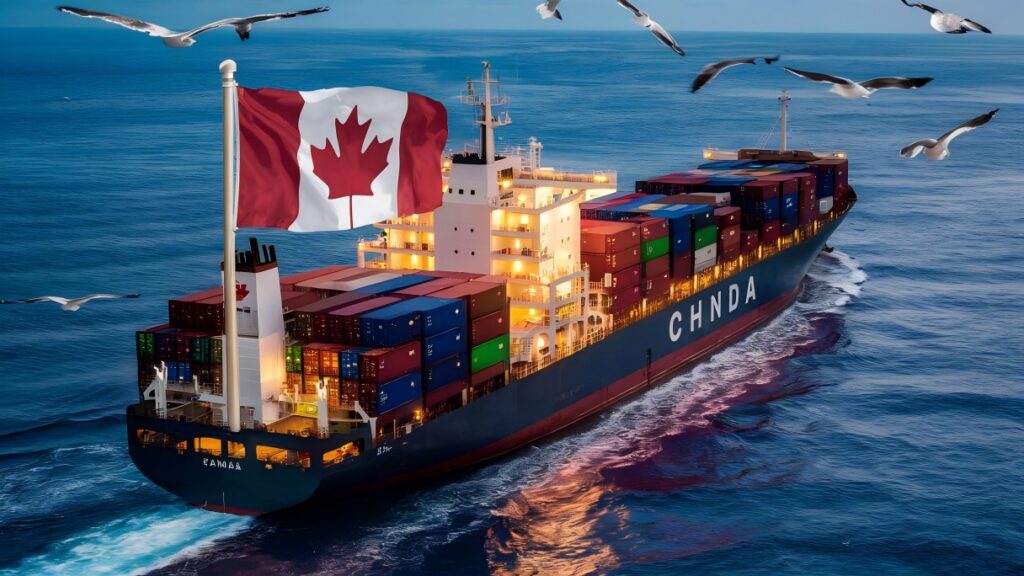
1. What is Door-to-Door Shipping?
Definition and Explanation of the Service
Door-to-door shipping refers to a logistics service where goods are transported from the seller’s location directly to the buyer’s doorstep, covering all steps in between. This includes the pickup of goods, transportation, customs clearance, and final delivery. The primary goal of door-to-door shipping is to provide a seamless and efficient shipping experience, minimizing the need for the buyer to manage any part of the logistics process.
Key Components of Door-to-Door Shipping
- Pickup Service: The shipping company collects goods from the seller’s location.
- Transportation: The goods are transported using various modes, including Ocean Freight and air freight, depending on the urgency and cost requirements.
- Customs Clearance: The freight forwarder handles all necessary customs documentation and duties, ensuring compliance with import regulations.
- Final Delivery: The goods are delivered directly to the buyer’s address, concluding the shipping process.
DDU vs DDP
In international shipping, two common terms are DDU (Delivered Duty Unpaid) and DDP (Delivered Duty Paid).
- DDU means that the seller is responsible for transporting the goods to the destination, but the buyer is responsible for paying any duties or taxes upon arrival. This can lead to unexpected costs for the buyer upon delivery.
- DDP, on the other hand, means that the seller takes responsibility for all costs, including transportation, duties, and taxes, ensuring that the price quoted is the total cost to the buyer. This often provides a more predictable shipping experience.
2. Benefits of Door-to-Door Shipping from China to Canada

Hassle-Free Shipping Process
One of the most significant advantages of door-to-door shipping from China to Canada is the hassle-free process it offers. By entrusting logistics to a professional freight forwarder like Dantful International Logistics, you eliminate the complexities often associated with international shipping. The forwarding service handles everything from pickup to delivery, allowing you to focus on your core business activities.
Guaranteed Delivery to Your Doorstep
With door-to-door shipping, you can expect guaranteed delivery directly to your specified location. This is particularly beneficial for businesses that rely on timely inventory replenishment or individuals who want to avoid the inconvenience of picking up their packages from a distant location.
Tracking and Insurance Options Available
Most reputable freight forwarders, including Dantful, provide tracking options that allow you to monitor your shipment in real time. This transparency enhances peace of mind as you can stay informed about the status of your delivery. Additionally, you may choose to purchase insurance services to protect your shipment against loss or damage during transit.
Suitable for Both Individuals and Businesses
Door-to-door shipping is designed to cater to a broad audience, making it suitable for both individual consumers and businesses. Whether you are an online seller looking to ship products directly to your customers or an individual purchasing goods from abroad, this service provides a tailored solution to meet your needs.
Partnering with a trusted freight forwarder like Dantful International Logistics ensures that you receive high-quality service and support throughout the entire shipping process. For more information about our services, please visit our website.
3. Shipping Methods
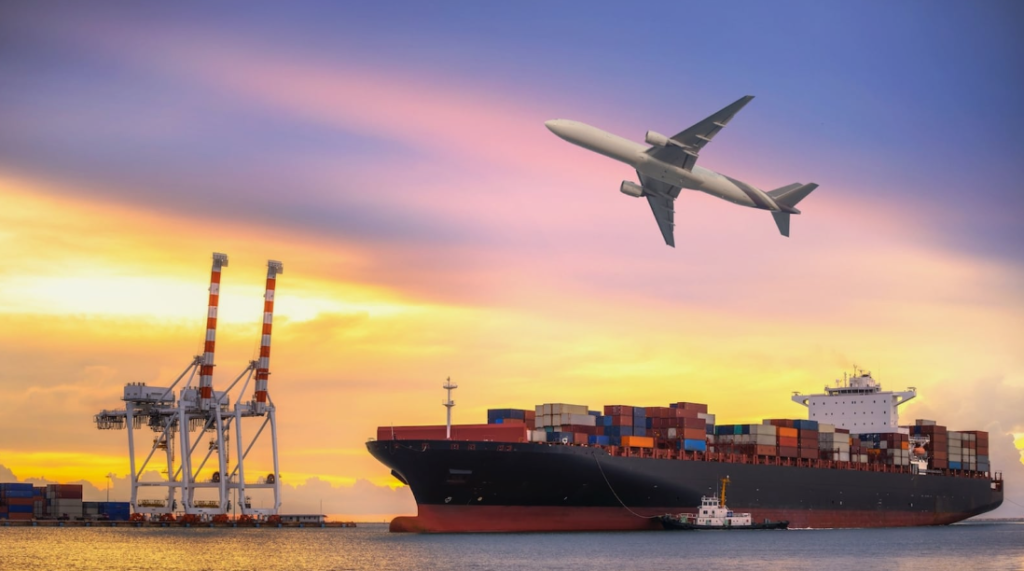
When it comes to door-to-door shipping, there are several methods available, each catering to different needs based on urgency, cost, and type of goods. The main shipping methods include air freight, sea freight, and express shipping.
Air Freight Door-to-Door Shipping
Air freight is the fastest shipping method available for international shipments. It’s ideal for urgent deliveries and high-value goods. Air freight door-to-door shipping allows you to have goods picked up from the supplier in China and delivered directly to your specified address in Canada within days. The main advantages of air freight include:
- Speed: Typically takes 3-7 days for delivery.
- Reliability: Regular flight schedules ensure timely departures and arrivals.
- Traceability: Easy tracking of shipments throughout the process.
Sea Freight Door-to-Door Shipping
Sea freight is more economical than air freight and is suitable for larger shipments. It allows for both FCL (Full Container Load) and LCL (Less than Container Load) options:
- FCL Door-to-Door Shipping: This method involves the shipment of a full container. It is often more cost-effective for large shipments and provides better security for goods. Delivery is made directly to the buyer’s address after customs clearance.
- LCL Door-to-Door Shipping: This is used when the shipment does not fill an entire container. Multiple shipments are consolidated into a single container, allowing for cost savings when shipping smaller quantities. LCL shipping provides flexibility, but delivery times may be longer compared to FCL due to consolidation processes.
Choosing between FCL and LCL depends on the volume of goods and budgetary considerations.
Express Door-to-Door Shipping
Express shipping services offer an expedited option for door-to-door delivery, providing speed and convenience. This method is beneficial for small, time-sensitive shipments. Companies like DHL, FedEx, and UPS offer express services that ensure delivery within 1-3 days.
- Advantages:
- Fast delivery times
- Comprehensive tracking capabilities
- Reliable service and customer support
Express shipping can be more costly than air or sea freight but is often justified for critical or high-value shipments.
READ MORE:
- Shipping From China to the United States
- Shipping From China TO Canada
- Shipping From China TO Mexico
- Shipping From China to Panama
- Shipping From China to Costa Rica
- Shipping From China to Brazil
- Shipping From China TO Colombia
- Shipping From China to Jamaica
- Shipping From China to Venezuela
4. Steps in the Door-to-Door Shipping Process
The door-to-door shipping process involves several critical steps to ensure that goods are transported smoothly from China to Canada. Here is a breakdown of each stage:
Pickup from the Supplier in China
The process begins with the pickup of goods from the supplier’s location in China. The freight forwarder coordinates with the supplier to arrange for collection, ensuring that all items are ready for shipment. This includes verifying the quantity and quality of goods before they are loaded onto the vehicle for transport.
Export Customs Clearance in China
Before goods can leave China, they must undergo export customs clearance. This step involves preparing the necessary documentation, such as commercial invoices, packing lists, and shipping bills. The freight forwarder typically manages this process, ensuring compliance with Chinese regulations and obtaining all required permits.
International Transportation (Air or Sea)
Once customs clearance is completed, the goods are transported internationally via either air or sea.
- Air Freight typically offers the quickest transit times for urgent shipments.
- Sea Freight is used for larger shipments and provides more economical options via FCL or LCL.
The freight forwarder monitors the shipment throughout this stage, ensuring timely updates and tracking information is communicated to the client.
Import Customs Clearance in Canada
Upon arrival in Canada, the goods must clear import customs. The freight forwarder prepares the necessary documents for Canadian customs, including duties and taxes to be paid. This stage is crucial as it ensures compliance with Canadian customs regulations and allows for a smooth release of the shipment.
Last-Mile Delivery to the Final Destination
After customs clearance, the final step involves last-mile delivery. This is where the goods are transported from the customs facility to the specified delivery address. The freight forwarder coordinates with local delivery services to arrange this final leg of transportation, ensuring that the goods reach the buyer’s location in a timely and safe manner.
Partnering with a professional freight forwarder like Dantful International Logistics can streamline this process, providing cost-effective and reliable solutions for your shipping needs.
5. Cost Factors in Door-to-Door Shipping
When considering door-to-door shipping, understanding the cost structure is crucial for budgeting and overall logistics planning. Below is a detailed breakdown of typical costs involved, factors affecting pricing, and tips for cost optimization.
Breakdown of Typical Costs Involved
The costs associated with door-to-door shipping can vary widely depending on several factors. Here’s a breakdown of the typical costs you might encounter:
| Cost Component | Description |
|---|---|
| Pickup Fees | Charges for collecting goods from the supplier’s location. |
| Transportation Costs | Costs associated with shipping via air freight or sea freight. |
| Customs Clearance Fees | Expenses related to preparing and submitting customs documents. |
| Duties and Taxes | Government-imposed tariffs based on the value of the shipment. |
| Insurance Premiums | Costs for insuring goods against loss or damage during transit. |
| Last-Mile Delivery Fees | Charges for transporting goods from the customs facility to the final destination. |
Factors Affecting Pricing
Several factors can influence the pricing of door-to-door shipping:
- Shipping Method: Air freight is generally more expensive than sea freight due to the speed and efficiency it offers.
- Volume and Weight: Heavier and larger shipments usually incur higher transportation costs. Shipping rates may be based on dimensional weight for air freight.
- Distance: The distance between the shipping origin and destination can significantly affect costs, particularly with international shipping.
- Value of Goods: High-value goods may incur higher insurance and customs fees.
- Seasonal Demand: During peak shipping seasons (e.g., holiday seasons), prices may rise due to increased demand for shipping services.
Tips for Cost Optimization
To optimize costs while utilizing door-to-door shipping services, consider the following tips:
- Consolidate Shipments: If possible, consolidate smaller shipments into one larger shipment to take advantage of bulk pricing.
- Choose the Right Shipping Method: Evaluate your shipment’s urgency and choose the most cost-effective shipping method. For non-urgent deliveries, consider sea freight over air freight.
- Negotiate Rates: Work with a freight forwarder to negotiate better rates, especially if you’re a frequent shipper.
- Plan Ahead: Avoid last-minute shipments, which can be more expensive. Planning allows for better rate options and scheduling.
- Utilize Insurance Wisely: Evaluate the need for insurance based on the value of goods. While it is often recommended, it can add to the overall cost.
Read More:
- Shipping From China to the United States
- Shipping From China TO CANADA
- Shipping From China To Netherlands
- Shipping From China To UNITED KINGDOM
- Shipping From China To ALGERIA
- Shipping from China to UAE
- Shipping from China to Saudi Arabia
6. Transit Times in Door-to-Door Shipping
Understanding transit times is essential for managing customer expectations and inventory levels. Below is information on estimated durations for different shipping methods and factors that can affect delivery times.
Estimated Durations for Different Shipping Methods
| Shipping Method | Transit Time | Description |
|---|---|---|
| Air Freight | 3-7 days | Fastest option for urgent shipments, ideal for high-value goods. |
| Sea Freight (FCL) | 20-40 days | Suitable for larger shipments; delivery time varies based on distance and port congestion. |
| Sea Freight (LCL) | 30-60 days | Longer than FCL due to consolidation processes; cost-effective for smaller shipments. |
| Express Shipping | 1-3 days | Fast and efficient, used for time-sensitive small shipments. |
Factors That Can Affect Delivery Times
Several factors can impact the delivery times of door-to-door shipping:
- Customs Clearance: Delays in customs processing can extend transit times. Proper documentation and compliance help minimize these delays.
- Weather Conditions: Severe weather can impede transportation, particularly for air and sea freight.
- Shipping Volume: Increased shipping volume during peak seasons can lead to congestion at ports and airports, affecting delivery schedules.
- Route Optimization: The efficiency of the selected shipping route can either expedite or delay delivery times.
- Last-Mile Delivery: Factors such as traffic conditions and local logistics capabilities can affect the final delivery stage.
By partnering with a professional freight forwarder like Dantful International Logistics, you can ensure both efficiency and cost-effectiveness throughout your shipping process.
7. Choosing the Right Freight Forwarder
Selecting the right freight forwarder is a critical step in ensuring the smooth transportation of goods, especially for door-to-door shipping from China to Canada. A competent freight forwarder can help navigate the complexities of international logistics, making your shipping experience more efficient and cost-effective. Here’s a detailed guide on how to choose the right freight forwarder for your needs.
Look for a Reliable and Experienced Company
When selecting a freight forwarder, it is essential to prioritize reliability and experience. Look for companies with a proven track record in the industry. Key factors to consider include:
- Years in Business: Established companies tend to have more experience handling the intricacies of international shipping, which can reduce potential issues.
- Reputation: Research the freight forwarder’s reputation by reading customer reviews and testimonials. Reliable forwarders should have positive feedback regarding their services.
- Certifications and Memberships: Check if the forwarder is a member of recognized industry associations such as the International Federation of Freight Forwarders Associations (FIATA), which can indicate professionalism and adherence to industry standards.
Compare Shipping Rates and Transit Times
Cost is one of the most significant factors when choosing a freight forwarder, but it should not be the only consideration. Here’s how to approach this:
- Request Quotes: Obtain quotes from multiple freight forwarders to compare their pricing structures. Be sure to ask for a breakdown of costs, including any hidden fees.
- Evaluate Transit Times: Assess the estimated transit times for each shipping method offered. Sometimes, a slightly higher rate may be justified by significantly faster delivery. Look for balance between cost and speed, depending on your shipping needs.
- Be Aware of Seasonal Variations: Shipping rates and times can fluctuate based on the season. Peak seasons may lead to increased costs and extended transit times. Planning ahead can help you avoid these issues.
Ensure the Forwarder Offers Door-to-Door Service
Not all freight forwarders provide comprehensive door-to-door services. When evaluating options, ensure that the forwarder can offer the following:
- Full Logistics Support: This includes pickup from the supplier in China, handling of customs clearance in both China and Canada, and delivery to the final destination.
- Flexibility: Check if they can accommodate special requests, such as specific pickup or delivery times.
- Communication: A good forwarder should provide clear communication and updates throughout the shipping process to keep you informed.
Check for Additional Services Like Customs Clearance
Customized services can enhance the overall shipping experience. When choosing a freight forwarder, consider whether they provide:
- Customs Clearance Services: Ensure the forwarder can manage the customs paperwork and regulatory requirements for both export from China and import into Canada. This can prevent delays and penalties due to non-compliance.
- Insurance Options: Look for forwarders that offer cargo insurance to protect your goods against loss or damage during transit. This added layer of security can provide peace of mind, especially for high-value shipments.
- Warehousing Solutions: Some freight forwarders provide warehouse services, offering short-term storage options if needed. This can be useful for managing inventory and ensuring timely delivery.
Dantful International Logistics is an excellent option for those looking for a highly professional, cost-effective, and reliable freight forwarding service.
Dantful International Logistics Services:
- Dantful Ocean Freight Services
- Air Freight From China
- Amazon FBA Freight Forwarding
- WAREHOUSE Services
- One-Stop Customs Clearance Solution
- Cargo Insurance Services in China
- DDP Shipping Services By Dantful Logistics
- Out of Gauge Cargo Transportation Shipping Services
FAQs
1. What is door-to-door shipping?
Door-to-door shipping is a logistics service that transports goods directly from the seller’s location to the buyer’s doorstep, covering all stages of the shipping process, including pickup, transportation, customs clearance, and final delivery.
2. What are the differences between DDU and DDP?
- DDU (Delivered Duty Unpaid): The seller is responsible for delivering the goods, but the buyer must pay any import duties and taxes upon arrival.
- DDP (Delivered Duty Paid): The seller covers all costs, including duties and taxes, ensuring a predictable total cost for the buyer without any unexpected charges.
3. What are the benefits of choosing door-to-door shipping from China to Canada?
- Hassle-Free Process: Professional freight forwarders handle the logistics, allowing you to focus on your business.
- Guaranteed Delivery: Goods are delivered directly to your specified address.
- Tracking and Insurance Options: Real-time tracking and optional insurance services are available for peace of mind.
4. What shipping methods are available for door-to-door shipping?
The main shipping methods include:
- Air Freight: Fastest option, typically taking 3-7 days for delivery.
- Sea Freight: More economical, suitable for larger shipments (FCL and LCL).
- Express Shipping: Very fast delivery for small, urgent shipments (1-3 days).
5. What are the typical cost factors in door-to-door shipping?
Key costs include:
- Pickup fees
- Transportation costs (air or sea freight)
- Customs clearance fees
- Duties and taxes
- Insurance premiums
- Last-mile delivery fees
6. How long does door-to-door shipping take?
- Air Freight: 3-7 days
- Sea Freight (FCL): 20-40 days
- Sea Freight (LCL): 30-60 days
- Express Shipping: 1-3 days
7. What should I consider when choosing a freight forwarder?
- Reliability and Experience: Look for established companies with positive reputations.
- Shipping Rates and Transit Times: Compare quotes and delivery timelines.
- Door-to-Door Service: Ensure they offer comprehensive logistics support.
- Additional Services: Check for customs clearance, insurance options, and warehousing services.
8. How can I optimize costs for door-to-door shipping?
- Consolidate shipments to benefit from bulk pricing.
- Choose the most cost-effective shipping method based on urgency.
- Negotiate rates with your freight forwarder.
- Plan shipments in advance to avoid peak season pricing.

Young Chiu is a seasoned logistics expert with over 15 years of experience in international freight forwarding and supply chain management. As CEO of Dantful International Logistics, Young is dedicated to providing valuable insights and practical advice to businesses navigating the complexities of global shipping.










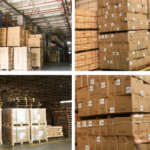
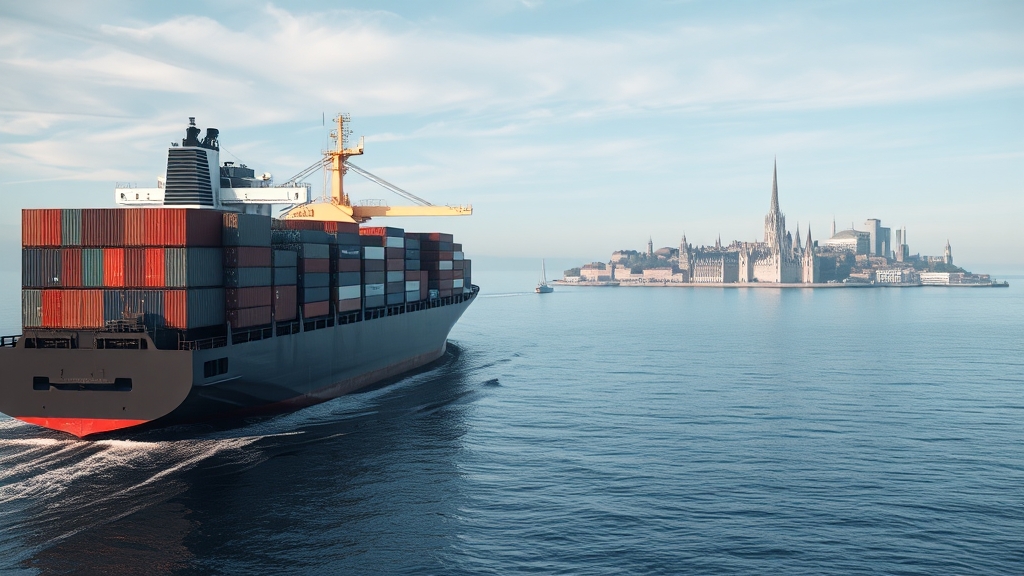
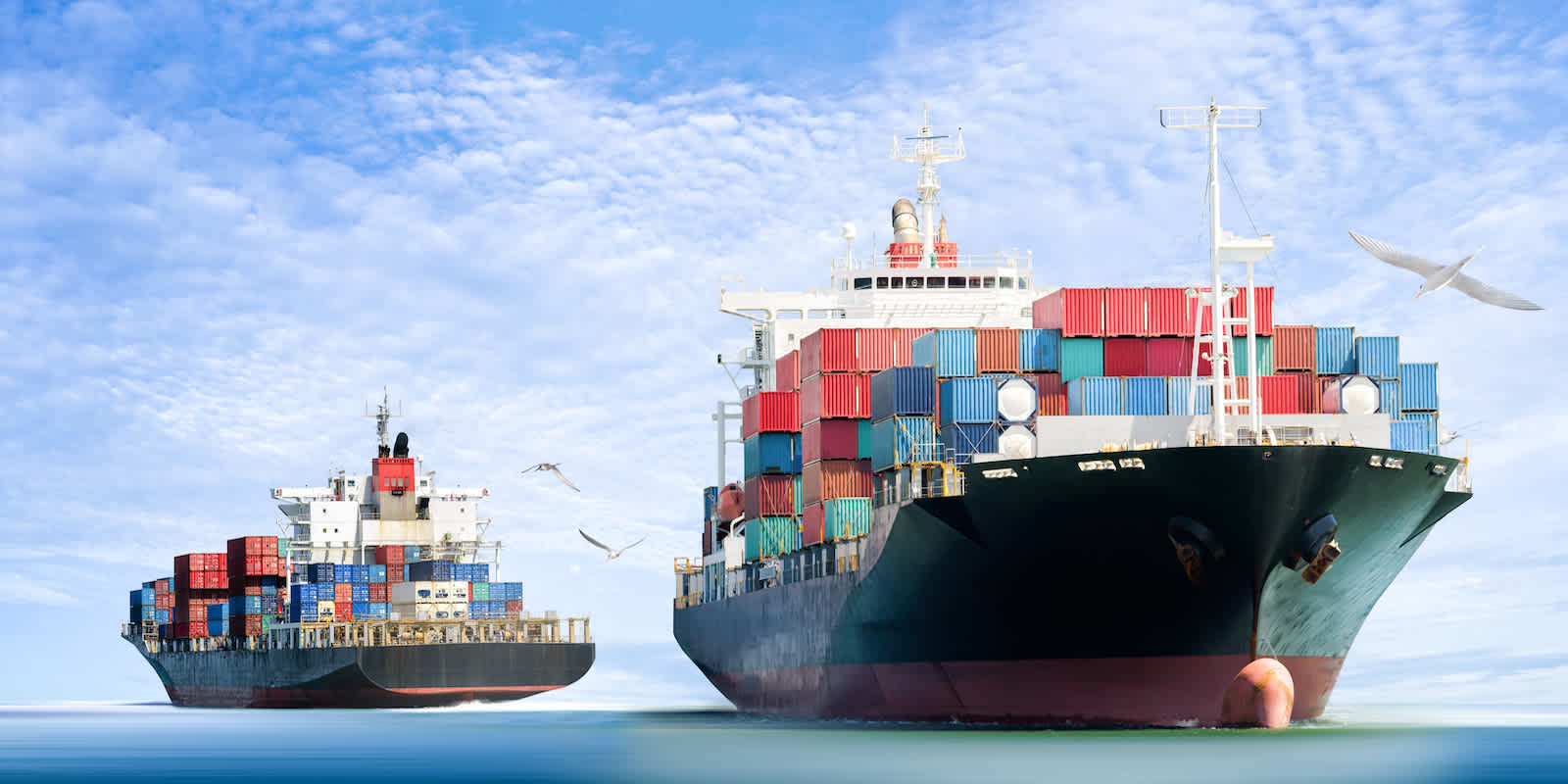
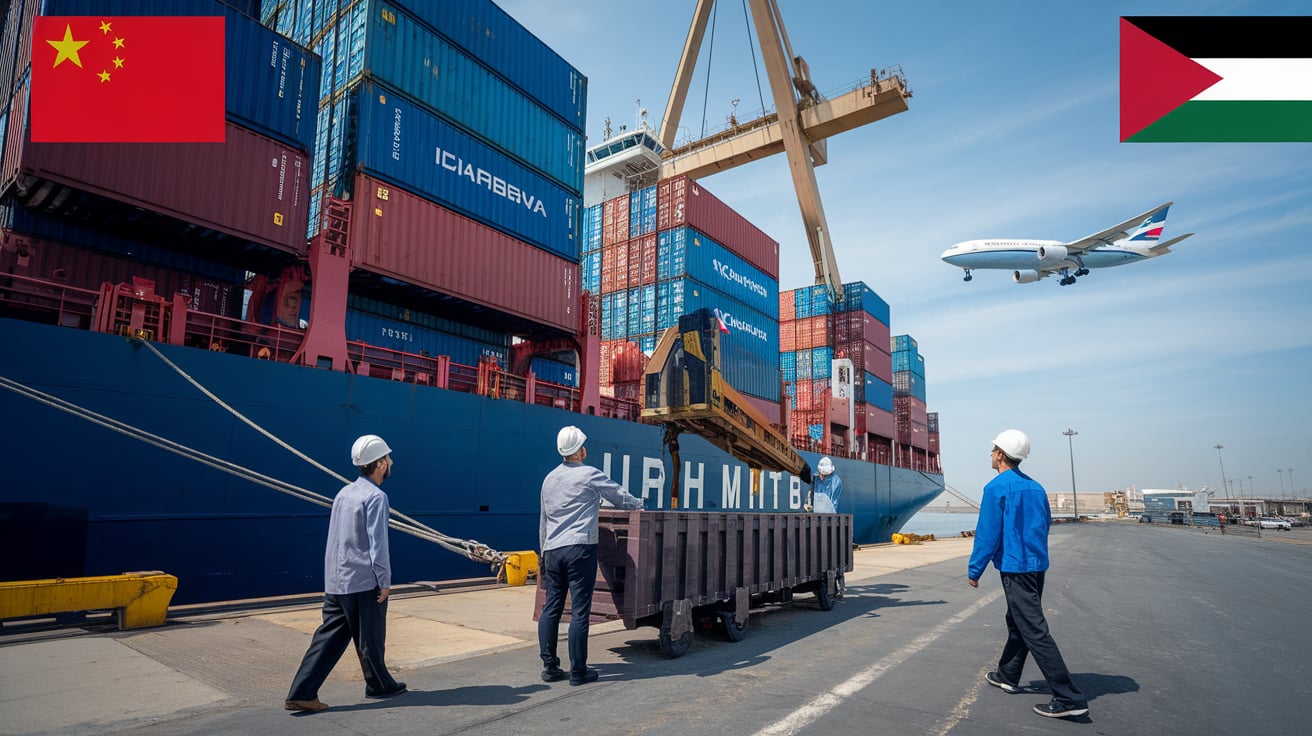
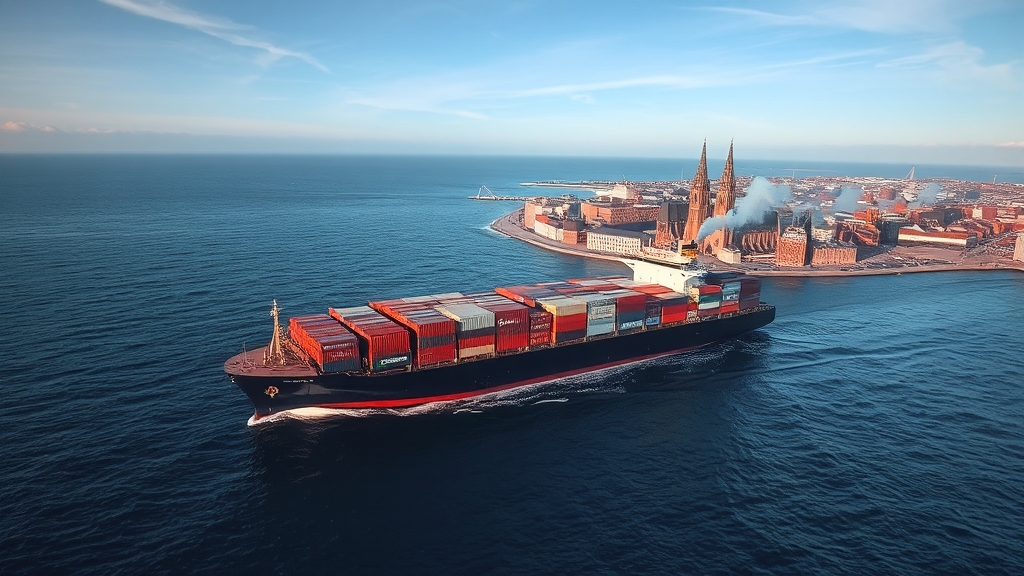






 Afrikaans
Afrikaans Shqip
Shqip አማርኛ
አማርኛ العربية
العربية Հայերեն
Հայերեն Azərbaycan dili
Azərbaycan dili Euskara
Euskara Беларуская мова
Беларуская мова বাংলা
বাংলা Bosanski
Bosanski Български
Български Català
Català Cebuano
Cebuano Chichewa
Chichewa 简体中文
简体中文 繁體中文
繁體中文 Corsu
Corsu Hrvatski
Hrvatski Čeština
Čeština Dansk
Dansk Nederlands
Nederlands English
English Esperanto
Esperanto Eesti
Eesti Filipino
Filipino Suomi
Suomi Français
Français Galego
Galego ქართული
ქართული Deutsch
Deutsch Ελληνικά
Ελληνικά Kreyol ayisyen
Kreyol ayisyen Harshen Hausa
Harshen Hausa Ōlelo Hawaiʻi
Ōlelo Hawaiʻi עִבְרִית
עִבְרִית हिन्दी
हिन्दी Hmong
Hmong Magyar
Magyar Íslenska
Íslenska Igbo
Igbo Bahasa Indonesia
Bahasa Indonesia Gaeilge
Gaeilge Italiano
Italiano 日本語
日本語 Basa Jawa
Basa Jawa ಕನ್ನಡ
ಕನ್ನಡ Қазақ тілі
Қазақ тілі ភាសាខ្មែរ
ភាសាខ្មែរ 한국어
한국어 كوردی
كوردی Кыргызча
Кыргызча ພາສາລາວ
ພາສາລາວ Latin
Latin Latviešu valoda
Latviešu valoda Lietuvių kalba
Lietuvių kalba Lëtzebuergesch
Lëtzebuergesch Македонски јазик
Македонски јазик Malagasy
Malagasy Bahasa Melayu
Bahasa Melayu മലയാളം
മലയാളം Maltese
Maltese Te Reo Māori
Te Reo Māori मराठी
मराठी Монгол
Монгол ဗမာစာ
ဗမာစာ नेपाली
नेपाली Norsk bokmål
Norsk bokmål پښتو
پښتو فارسی
فارسی Polski
Polski Português
Português ਪੰਜਾਬੀ
ਪੰਜਾਬੀ Română
Română Русский
Русский Samoan
Samoan Gàidhlig
Gàidhlig Српски језик
Српски језик Sesotho
Sesotho Shona
Shona سنڌي
سنڌي සිංහල
සිංහල Slovenčina
Slovenčina Slovenščina
Slovenščina Afsoomaali
Afsoomaali Español
Español Basa Sunda
Basa Sunda Kiswahili
Kiswahili Svenska
Svenska Тоҷикӣ
Тоҷикӣ தமிழ்
தமிழ் తెలుగు
తెలుగు ไทย
ไทย Türkçe
Türkçe Українська
Українська اردو
اردو O‘zbekcha
O‘zbekcha Tiếng Việt
Tiếng Việt Cymraeg
Cymraeg יידיש
יידיש Yorùbá
Yorùbá Zulu
Zulu